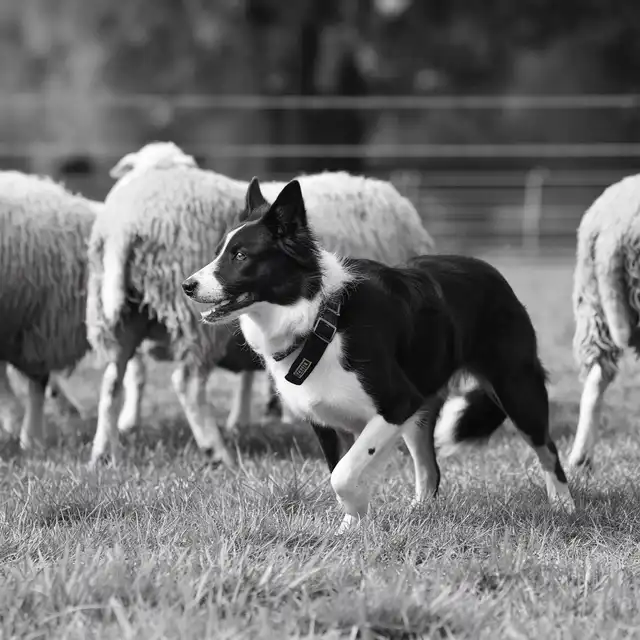-
·
Border Collie Myths Busted: What You Need to Know
Border Collie Myths So, you’re smitten with those soulful Border Collie eyes and their reputation as the “Einsteins of the dog world.” But before you fall for the hype (or the myths), let’s separate fact from fiction. Border Collies are brilliant, but they’re also one of the most misunderstood breeds. Let’s debunk the top myths…
-

·
A Look at the Border Collie’s Remarkable Mind
The Guide to Border Collies: Breed Facts, Care & Training Everything You Need to Know About the World’s Smartest Dog Origins of the Border Collie: A Herding Legacy Forged in Britain The Border Collie’s story begins in the windswept hills straddling Scotland and England, where 19th-century shepherds meticulously bred dogs for unmatched intelligence, agility, and…
-
·
Beyond the Farm: Border Collies in Competitive Dog Sports
Unleashing the Legend: Exploring the Origins and Rise of the Border Collie Border Collies are herding superstars, but where did they come from? The Border Collie’s story is a mix of mystery, smart breeding choices, and a love of work that made them amazing companions. Let’s dig into their history! Early Origins: A Shepherd’s Secret Weapon Border Collies are…
